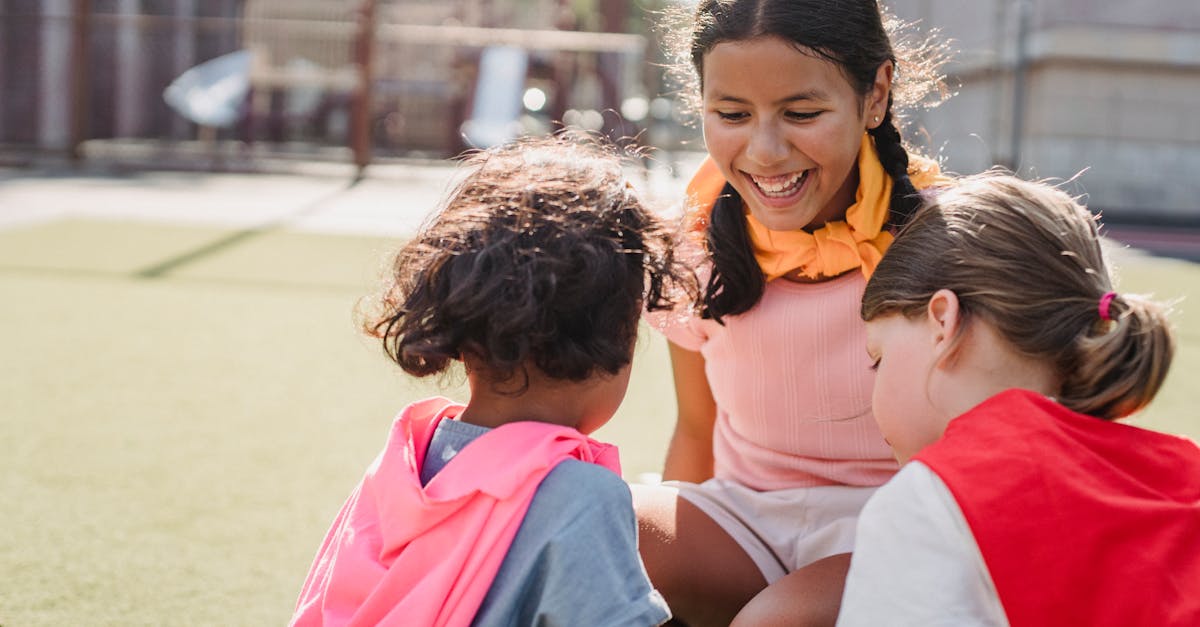Why Faithfulness is Key in Early Learning
Teaching faithfulness to preschoolers can seem like trying to preach to a puddle. Why? Because kids are all about the here and now! They might not fully grasp concepts like commitment. But introducing them to the idea of faithfulness in Sabbath School lessons sets foundational skills.
Faithfulness is the secret glue that holds the love and trust between friends and family. It’s also a virtue that plays a pivotal role in religious beliefs.
Kids are naturally curious and love learning through stories. They are little sponges, soaking up everything around them, and with cheeky smiles, they often mirror what they see.
By incorporating fun, dynamic storytelling in lessons, children can relate faithfulness to characters and settings they adore.

Relating Faithfulness to Everyday Life
Connecting faithfulness to a preschooler’s life isn’t a huge leap, thankfully! For kids, faithfulness can be about following through—like finishing a game or sharing toys consistently.
During story time, tie faithfulness to activities they enjoy outside school—think treasured story books or building blocks that stack on trust. Imagine explaining that a friend who keeps coming back to play is being faithful. See their eyes light up in understanding? That’s learning in action!
These relatable connections make faithfulness an organic part of their routine, infusing everyday play with meaningful learning moments.

Fun Ways to Teach Faithfulness
So how do you capture a toddler’s interest in a lesson about faithfulness without losing your sanity? Games, of course!
Simple role-playing games where kids act as faithful friends teach valuable lessons. For instance, include superhero characters that always have each other’s backs. Music also works wonders—songs about loyalty and trust easily stick to their memory.
Craft Ideas for Faithfulness
Consider crafting ‘faithfulness crafts’. Picture cheerful paper chains with each link symbolizing a promise kept. These crafts not only make kids giggle but they reinforce the message while having a blast!

Handling Emotions: Patience and Love
When teaching faithfulness, children might face emotional challenges—like when play breaks into fights. Encourage them to see these moments as opportunities for patience and forgiveness. Here, understanding emotions becomes as important as understanding the lesson.
Expressing and naming feelings, like frustration over a quarrel, helps kids develop patience. Talk about how they felt when sharing or helping and praise these faithful actions. Guide them gently through the storm of emotions they might experience, using these occasions as teachable moments brimming with love and patience.

Key Points to Remember:
- View emotional challenges as teaching moments.
- Encourage patience and forgiveness during conflicts.
- Help children express and name their feelings.
- Praise acts of faithfulness, such as sharing and helping.
- Use emotions as a foundation for valuable lessons.
Parents, Get Involved!
Incorporating lessons on faithfulness isn’t solely the teacher’s job. Parents play a crucial role too.
Engage in discussions at home about faithfulness, linking it to family traditions or bonding activities. Here are some ways to foster this important lesson:
- Share personal experiences where faithfulness was key.
- Discuss how being faithful impacts relationships within your family.
- Incorporate faithfulness into your family values and traditions.
By sharing these stories, you show your child that being faithful isn’t just a school idea—it’s a life idea!
Additionally, offer feedback to teachers and ask for tips and resources to extend the lesson at home. Remember, consistency at home strengthens what your child learns at school, and vice versa.

Share Your Experiences
What works best is hearing from other parents and teachers about their experiences. Have you found a particular story or game that resonated with your child? Share it, creating a pool of resources that others can dive into.
Talk about the tricky parts too—the tantrums, the sudden changes in mood, and the challenges that can arise. By being open and honest, you can help create a supportive community for everyone involved.

Why Sharing Matters
- Builds a Support System: Hearing from others can provide comfort and advice.
- Offers New Ideas: Unique games and stories may spark joy in your child.
- Encouragement: Sharing challenges helps others feel less isolated.
By contributing your experiences, you not only help yourself but also assist others navigating similar paths. Let’s build a community focused on understanding and growth!
